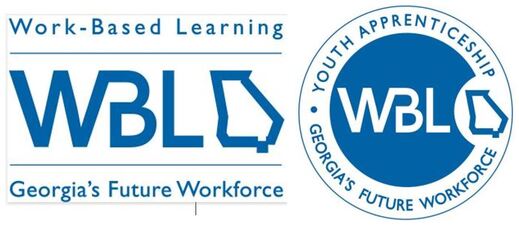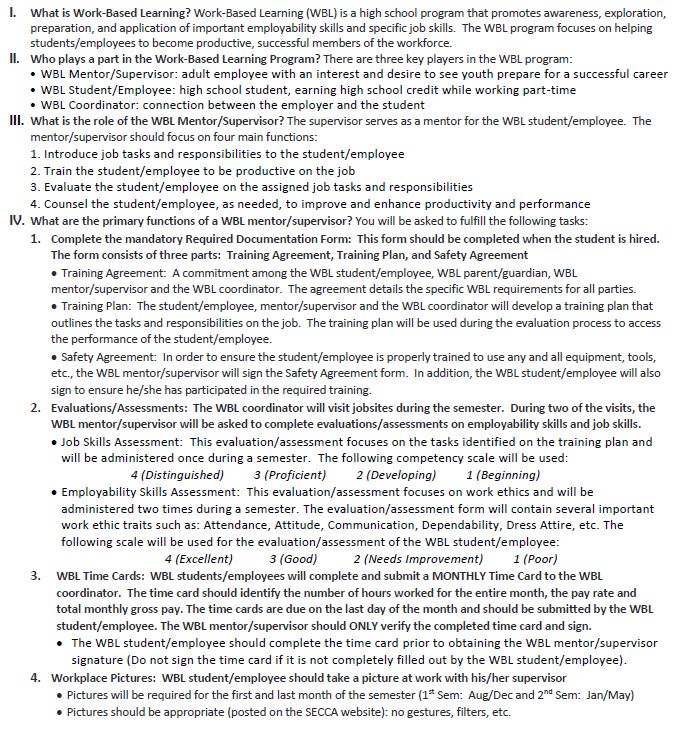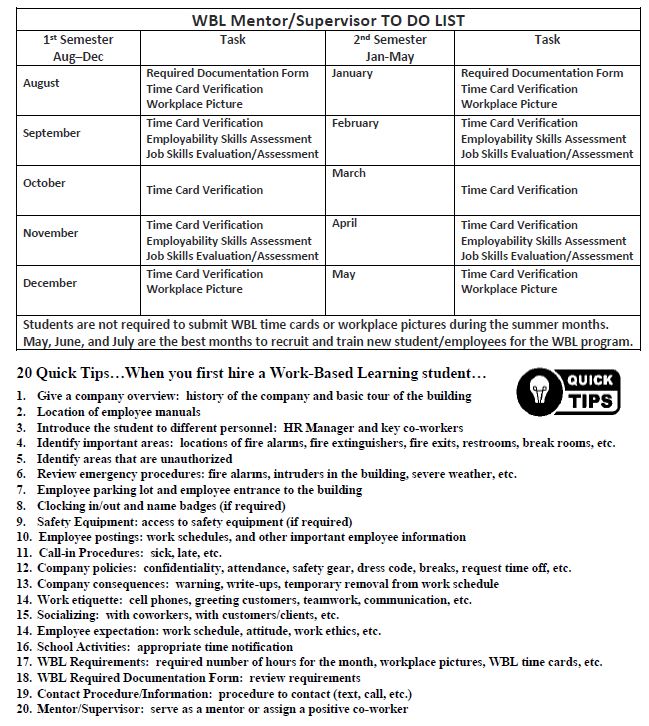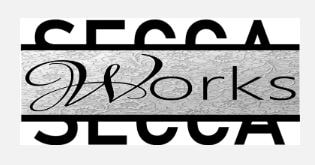
Business Partners of the Month Recognition
Mentor/Supervisor Guide
|
| ||
Southeastern Early College and Career Academy (SECCA) and its member schools (Montgomery, Toombs, Treutlen, and Vidalia School Systems) does not discriminate against any person on the basis of sex, race, color, religion, national origin, age, or handicap in any of its education or employment programs or activities.





